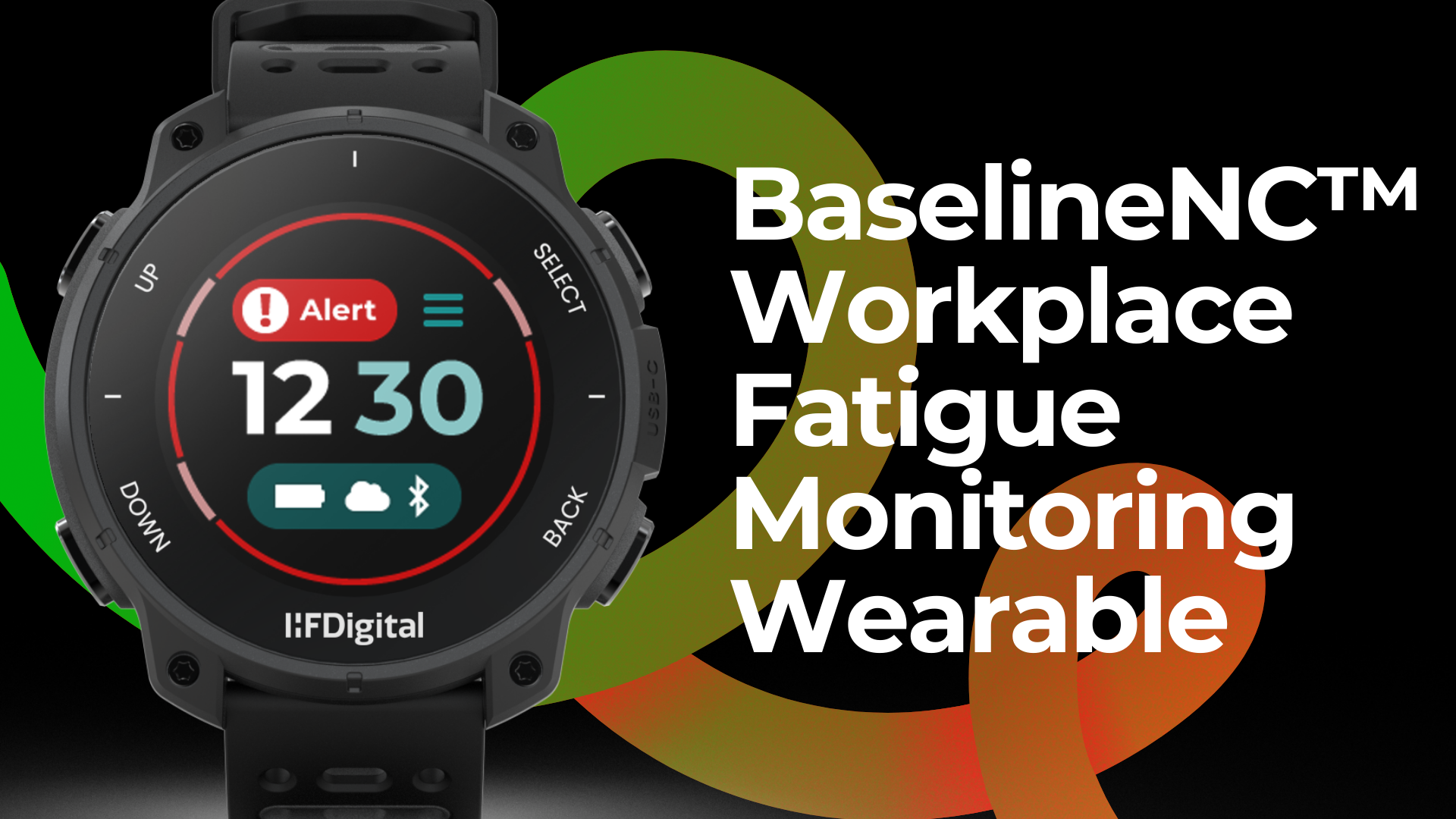A Journal of Occupational and Environmental Medicine article found that 65.7% of fatigued workers in the U.S. reported health-related lost productive work time (LPT) compared with 26.4% of those without fatigue, and estimated that an average of 4.1 productive work hours are lost per week per employee due to fatigue.
Additionally, CCOHS state there are multiple negative mental and physical performance consequences related to workplace fatigue that can lead to increased sick time, greater absenteeism and a higher rate of staff turnover. The HSE estimates that fatigue costs £115 to £240 million (GBP) per year in the UK in terms of work accidents alone and workers with fatigue cost U.S. employers $136.4 billion (USD) annually according to a Journal of Occupational and Environmental Medicine article, negatively impacting organisations’ lost time injury frequency rate (LTIFR).
An Ergonomics study equated a mean productivity loss due to presenteeism of £4,058.93 (GBP) per worker per annum. According to another Journal of Occupational and Environmental Medicine study, even modest amounts of presenteeism were related to impaired work performance.
Despite the general understanding of the negative — and at times devastating — impacts of fatigue, it can be difficult to articulate its financial cost. Using the “What Are Your Potential Annual Workplace Fatigue Costs?” calculator, you can estimate the potential total annual financial costs related to fatigue at your organisation and — as a result — the potential financial savings of predictive and objective fatigue risk management:
The BaselineNC™ workplace fatigue monitoring wearable project is also EIT Urban Mobility funded and was recently featured as part of the Impact Stories series: Wearable technology for human error prevention in transportation










